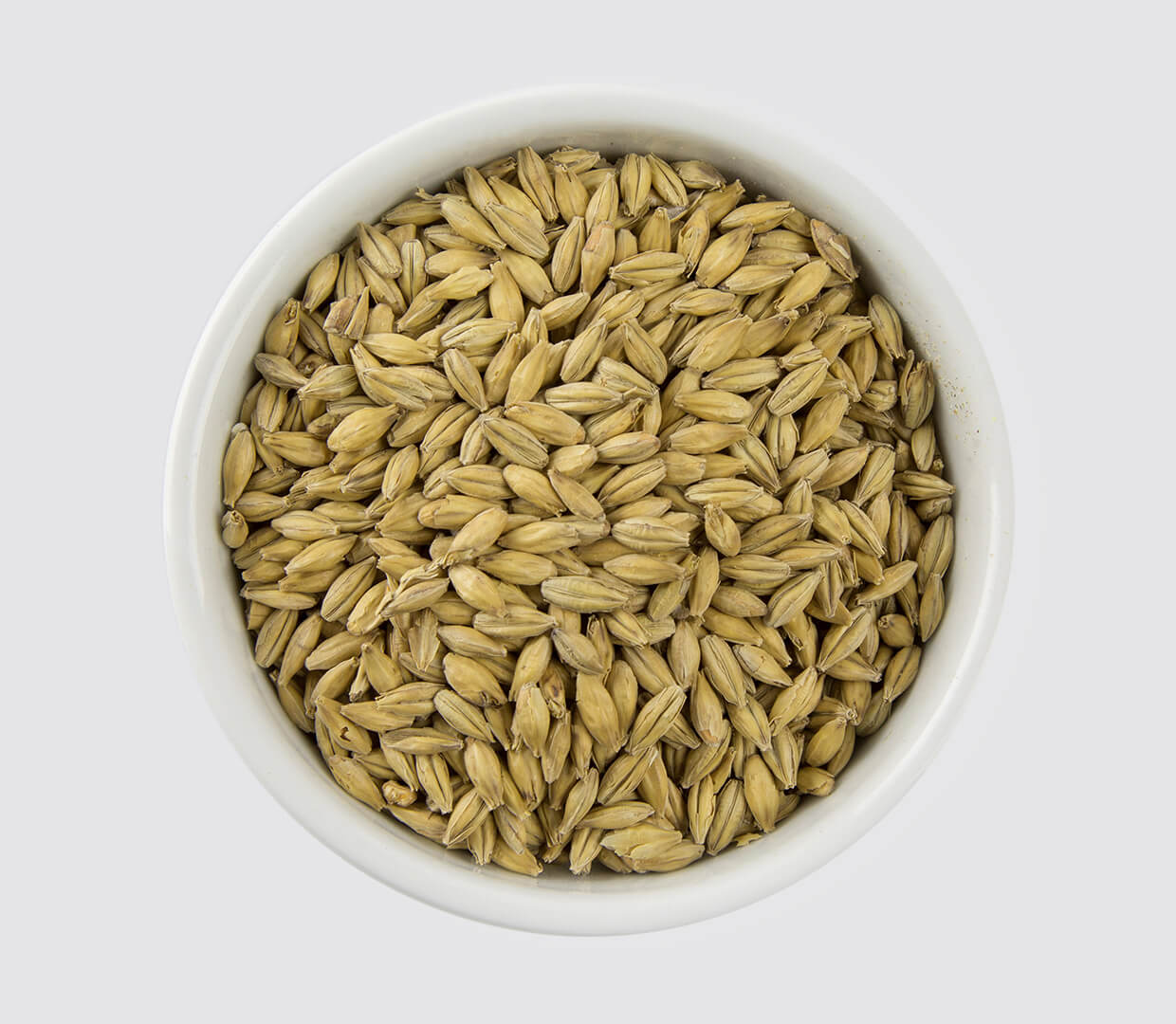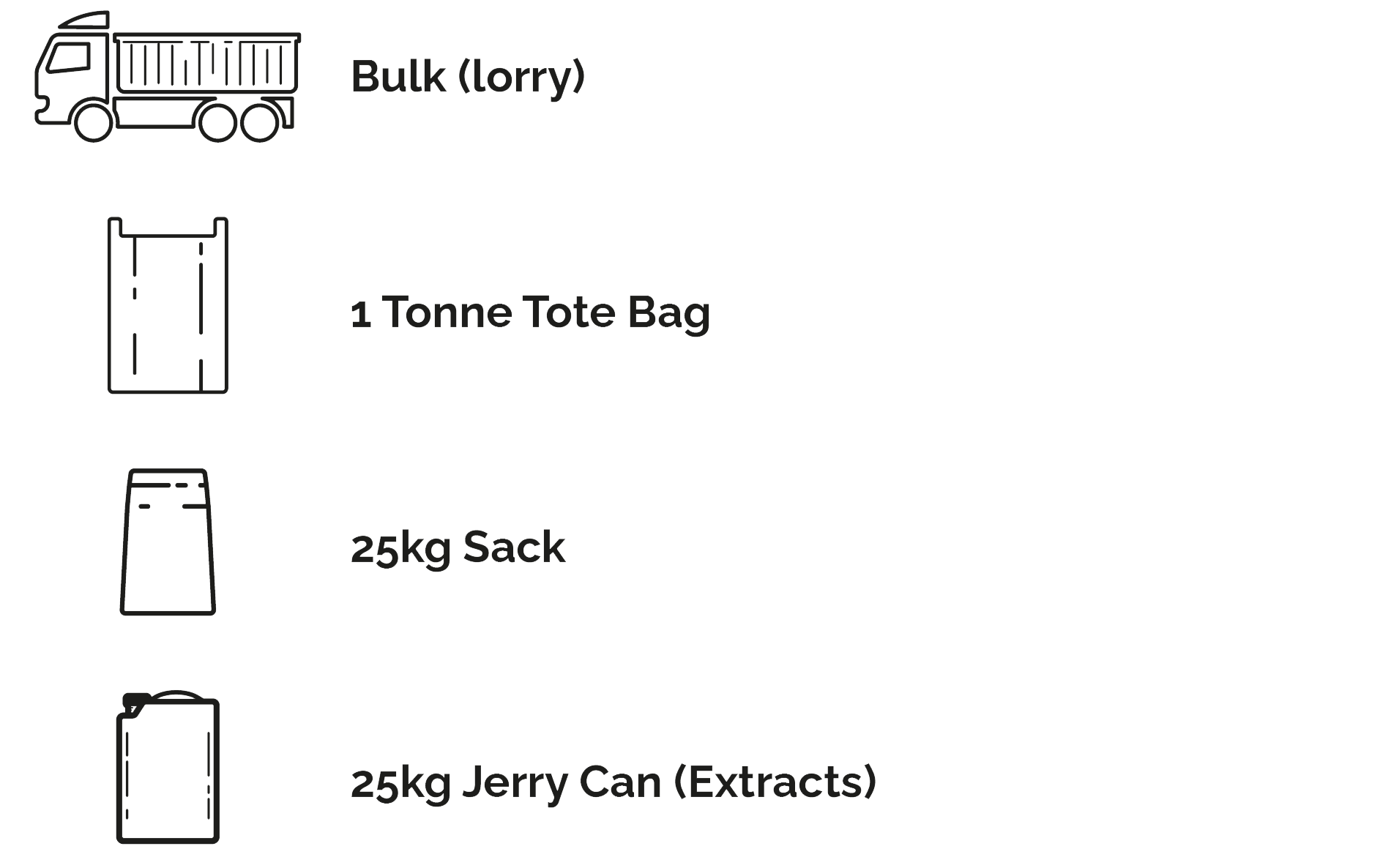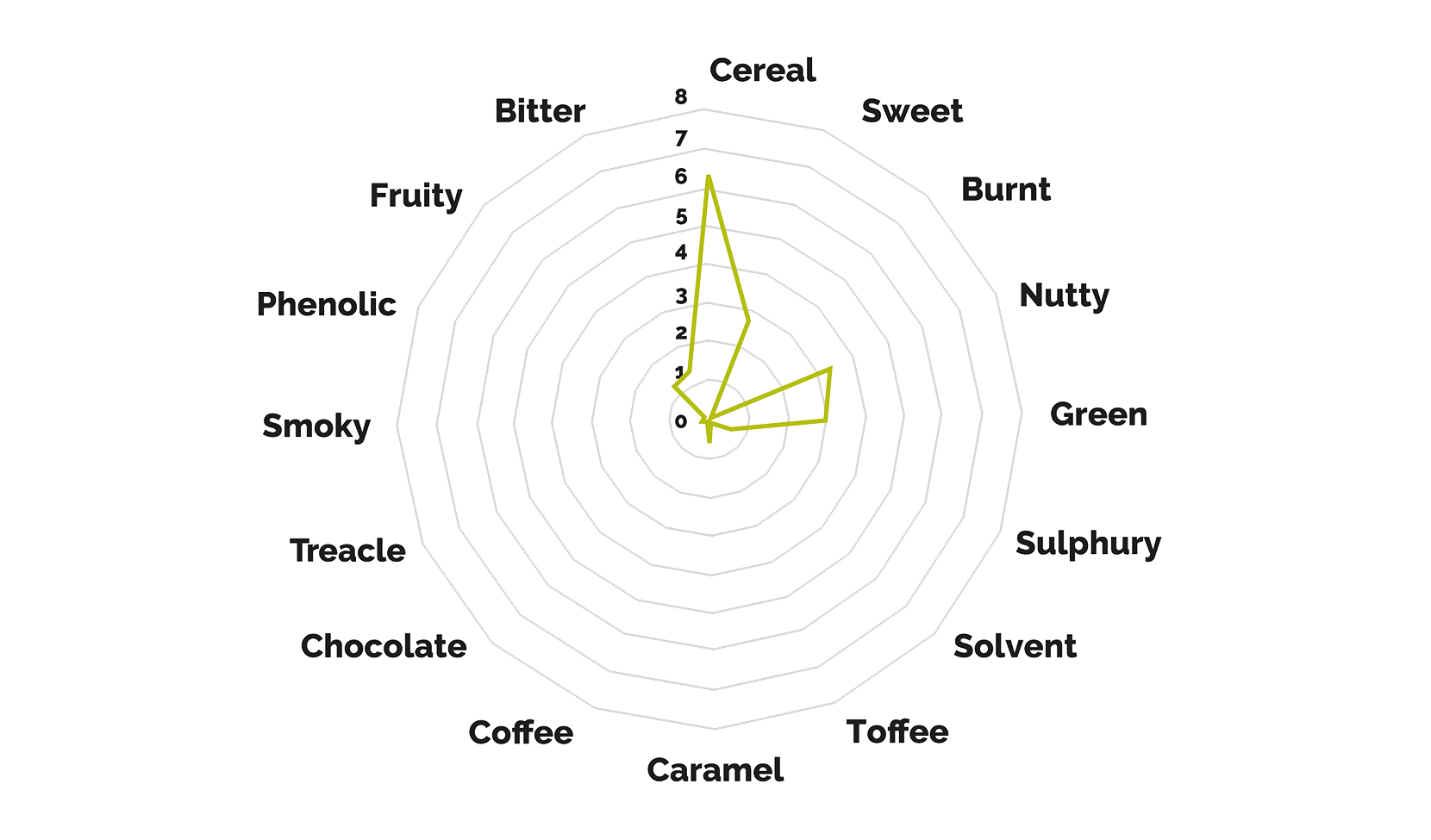
Malt sensory analysis
Although malt tasting is not currently any part of the malt specification, it does offer possibilities to differentiate both positive and negative flavours. Conventional malt analysis may suggest that malts are identical however their flavours could well differ significantly.
We use a method to fully describe the profile of malt using a ‘porridge’ made by grinding whole malts with a small amount of water which helps in the tasting process.
The malt flavour wheel has allowed us to create distinct flavour profiles for the wide range of malts and malted ingredients we produce.

Available pack sizes


Our organic malts are made from barley grown in a farming system without using man-made fertilisers, pesticides, growth regulators, irradiation or through genetic modification. All of our organic products are regulated under the Organic Food Federation. Organic malt will inevitably have a wider specification than non-organic malts, as only relatively small quantities of organic barleys are grown and available for maltsters to purchase.
Beers made from Organic Ale malt will appeal to consumers seeking to uphold the values which organic farming methods follow and will therefore hold an appeal to this niche market.
We are a member of the Organic Food Federation and ensure that the organic malting barley and the products we make are fully compliant with their guidelines. Our organic malts provide an ideal base for the brewer looking to brew a quality organic beer. As organic malting barley is grown under completely natural conditions the specification may well vary more widely than barley grown using accepted traditional methods, where fertilisers and pesticides may well have been used.
We ensure that all our organic products are of the highest possible quality and are ideal for brewers looking to craft beers which will appeal to the growing community of organic consumers. As a base material, organic malts can be used to brew an extensive range of beer styles, from light delicate pilsners to robust stouts and porters.
Typical Analysis:



